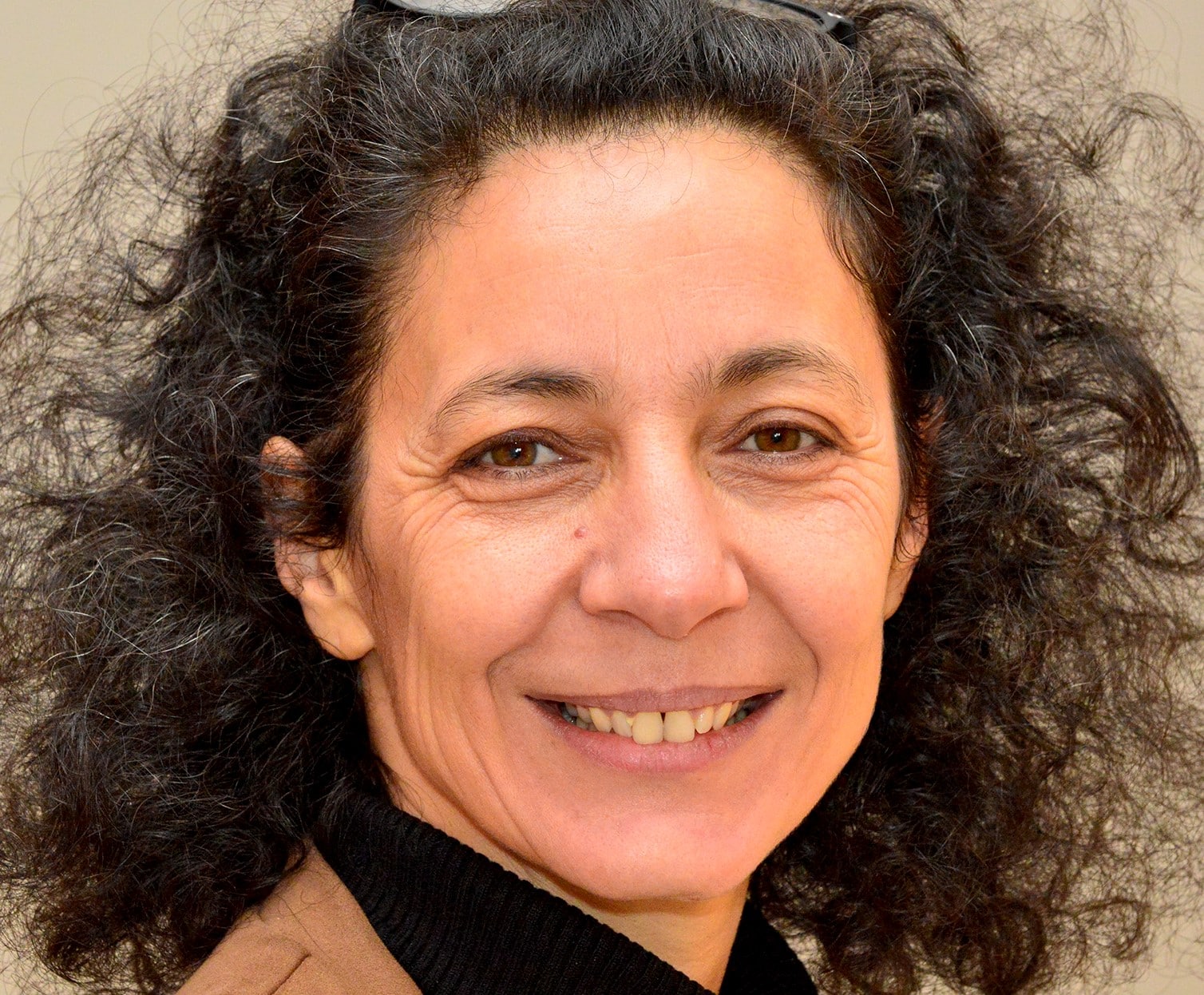Diversity and inclusion (D&I) strengthen the innovation, cohesion and performance of organisations. The HR function is responsible for its implementation, between adapting practices, mobilising teams and mastering the legal framework. While the benefits are numerous - employer brand, quality of life at work, fairness, etc. - they are also significant. –But the obstacles remain: cultural resistance, compartmentalisation, regulatory complexity. Deploying a D&I policy therefore requires a sustainable and shared transformation based on a sincere and measurable commitment... far from the rhetoric. Yasmina El Alaoui, expert in promoting diversity and combating discrimination, explains.

Diversity and inclusion have become key issues for companies and employees alike. Implementing a D&I policy means questioning our practices, getting the team on board and anchoring the principles of inclusion in everyday life. HR is the key player.
There are four priorities for concrete action:
Understanding diversity and inclusion issues
Adapting HR practices to specific situations
Involving the group around a shared language
Anchoring D&I in day-to-day HR practices
Acting for diversity: from the legal framework to inclusive practices
Application of the principle of non-discrimination
D&I is based on the principle of non-discrimination, recognised by the French Employment Code and set out in the following terms 31 criteria legal. For discrimination to be established, three elements must be met: unfavourable treatment, a prohibited criterion and a situation provided for by law.
Yet discriminatory practices are still common. According to the 17ᵉ barometer of the Defender of Rights (2024)34 % of workers report having witnessed it. And one in three of those in work say they have been a victim, mainly because of the genderthephysical appearance or the disability/health. The 2024 edition, focusing on the seniorshighlights their specific difficulties.
From equal rights to promoting diversity
In France, the term "diversity" was coined at the end of the 1990s to refer to French people perceived as "of immigrant origin", under-represented in positions of responsibility. Unlike non-discrimination, diversity has not been the subject ofno legal definition.
"Be FOR diversity rather than AGAINST discrimination,
H. Sanders & S. Belghiti-Mahut, Diversity in FranceHumanisme & Entreprise no. 305, 2011.
has a more positive resonance".
From the 2000s onwards, diversity was extended to other 'categories' (women, disabled people, senior citizens), with targeted initiatives. A silo approach is taking root, supported by an incentive-based legal framework (professional equality, employment of disabled workers, etc.).
Inclusion: changing the way we look at disability
Inclusion also reverses the integration paradigm. It is no longer a question of expecting a disabled employee to adapt to the obstacles encountered as a result of his or her disability, but rather of removing the barriers that prevent full participation in society.
[Also read]
Inclusion in everyday life: adapting HR practices
Today, inclusion "(...) tends to go beyond the silo vision, by population group, with actions promoting an inclusive environment and management for all".
C. Joly & M. Ouvrard, Diversity, inclusion and employer brandAFMD, 2023.
It begins right from recruitment. To the question "Do you have any specific design requirements? "For example, a candidate may mention a disability or other personal constraints.
The example of Karim, web developer
At the interview, I mentioned that I was a carer for my disabled brother and that I would need to start later on certain mornings. The company adjusted my hours without any difficulty. I appreciated that they listened to me right from the start. It gave me confidence and reinforced my decision to join the company.
Teleworking, adapted working hours, flexibility: these measures, which are sometimes included in the QVCT agreementsThis is an inclusive organisation. The MAIFFor example, ban meetings before 9am or after 6pm to help balance work and family life.
Proportionate restrictions on certain freedoms
In addition, certain individual freedoms, such as physical appearance or the expression of beliefs, may be restricted by the company.
The notion of "correct dress" has lost its obviousness. Standards of dress (e.g. shorts in hot weather, hair colour, hairstyle...) evolve. The internal rules therefore need to be updated regularly.
HR has to navigate between the company's requirements (image, security) and individual freedoms in order to guarantee a respectful balance.
Religious issues must also be dealt with rigorously.
For example:
In 2024, a manager refuses to allow a sales assistant wearing a religious symbol to take up her post. He approached the situation in his own words, confusing secularism with the management of religion in the workplace, and exposing himself to legal risks in the courts. civil and criminal.
Religious freedom is a fundamental principle enshrined in the Universal Declaration of Human Rights. in the Constitution (art. 1). It is exercised in compliance with the smooth running of the company and the principle of non-discrimination. Since the El Khomri law (2016), the internal regulations may limit expression of religious beliefsparticularly for employees in contact with customers.
HR must therefore question implicit norms, change perceptions and frame restrictions in a way that is justified, proportionate and non-discriminatory (art. L. 1321-3 and L. 1121-1 of the French Labour Code).
Knowing the law is the first step. The real challenge is to bring these principles to life by aligning internal rules, managerial practices and corporate culture.
For these practices to have a real impact, they must be rooted in a shared vision of D&I, making visible the representations and sensitivities that underpin them.
Diversity and inclusion: building a common language
Before taking action, we need to agree on the words. The word clouds produced during 32 training sessions in 2024-2025 show that everyone projects their own representations, experiences and sensitivities onto D&I. More than 500 participants were involved. They were trained on the following themes:
These perceptions are a rich resource, provided they are shared, discussed and aligned. Clarifying the company's positioning, building a shared vision and translating it into practice. This is the foundation of an inclusive culture.
While United States are questioning their D&I policies and have invited of French companies to ensure that they do not apply positive discrimination programmes, the challenge in France is to collectively affirm our attachment to republican values.
Managing a D&I policy: from framework to action?
HR has a major role to play in ensuring a respectful, fair and legally compliant working environment.
This means mastering the reference texts, revising internal tools (internal regulations, charters, HR procedures) and team training.
[Training]
If you are a HR director, recruiter, HR function employee or manager, you would like to gain a better understanding of the legal concept of discrimination and the methods for preventing it at the various levels at which it may occur (recruitment, mobility, promotion, etc.). Discover the training programme Preventing discrimination in the workplace.
Key points:
- Understanding the legal framework relating to discrimination in the workplace
- Preventing discrimination in recruitment
- Preventing discrimination in career development
- Raising awareness and involving all players in the fight against discrimination
Example of practical exercises: role-playing based on situations from the participants' day-to-day professional life.
Ultimately, encouraging everyone to get involved, clarifying the rules and opening up opportunities for dialogue will help to ensure that the principles of diversity and inclusion are firmly rooted in practice. Diversity and inclusion are not just intentions: they take shape in choices, day-to-day trade-offs and shared operating methods. HR is the mediator, at the intersection of the legal framework, social dialogue and collective dynamics, supported by a committed management team.
" Diversity means inviting people to the dance. Inclusion means inviting them to dance.. "
Verna Myers, American expert in diversity and inclusion
And what about you?





